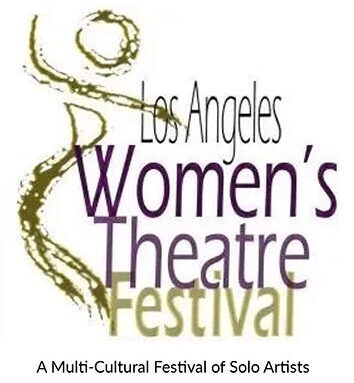

Vannia Ibarguen, choreographer/performer of Andean Triptych, on speaking up, fitting in, and standing out
Vannia and I had a conversation recently, and I asked her, “Solo pieces are often passionate. What inspired what you’re presenting?”
Vannia has a direct, simple way of communicating, and pulls her artistic inspiration from everyday heroes and those seeking to understand their identities more deeply.
She said, “Andean Triptych was originally three dance pieces that came together. The idea was to portray how different cultures clash, especially in South America.
“I’ll be showcasing two of those three pieces at the Festival, but I’ll describe all of them.
“One is called The Daughter of the Lake. It’s based on a real case of a woman in Peru who was fighting against the actions that were taken when the government and big corporations were aggressively mining and damaging the ecosystem, specifically the lake.
“She was near that lake and so she was fighting against what they were doing. There’s a whole documentary about this case and how she was able to make known what was happening.
“The second piece is called Yma. It’s also about a Peruvian woman. She was very famous in the 1960s, a singer who came to Hollywood and was able to sing opera beautifully.
“Hollywood tried to make her over with a new persona, like Carmen Miranda and other women in the business at that time. There was a name change too, although it’s actually not clear whether they did it or she changed it herself.
“I felt connected to this other Peruvian immigrant, a woman like me, and how she created a new persona in order to be accepted. She herself was trying to fit in and also Hollywood was trying to make her into something exotic, “the daughter of the Incas.” They weren’t able to put her in a box. They didn’t know where her talent fit.
“The third piece is called Chola Soy, which means, ‘I am Chola.’ It’s also about identity and though it can expand to different ethnicities, it’s about how the word Chola means a mix of different races in Peru; the Spanish and the indigenous, maybe African. So, there, Chola means a mixture. Here in the United States, it means a little bit more Mexican, but it comes from the same origin, mixed race.
“I play a little bit with the audience, there’s interaction. I identify myself as mixed race. Sometimes people don’t know if I’m Caribbean or what I am, and I look at how identity affects relationships.”
I asked Vannia what it means to her to be a woman today in 2023.
“I think now that we have more options and opportunities. It’s a demanding responsibility to be a woman. I’m a mom too, with two girls. Thanks to all the women that came before us, we have more options and at the same time more responsibility to the future generation, so I think being a woman is wonderful, and at the same time, we need to be very smart about what we say yes and no to.
“What happens to me is I say yes to too many things because I want it all. Then I stop taking care of myself.”
I asked Vannia what was something that most people don’t know about her that might surprise them.
Her matter-of-fact answer definitely surprised me!
“I’m a systems engineer and was an IT consultant for six years.”
“Wow,” I said.
“Yes. But I was always an artist and eventually decided to go for that as a job and to immerse myself in it as a life. I was always dancing, but in Peru, that’s not considered a career so there was no place to study. I came here to learn. Now there are higher education institutions that teach dance.”
I thanked Vannia for her insights and we both went on with our day.
To read more about Vannia click here.
